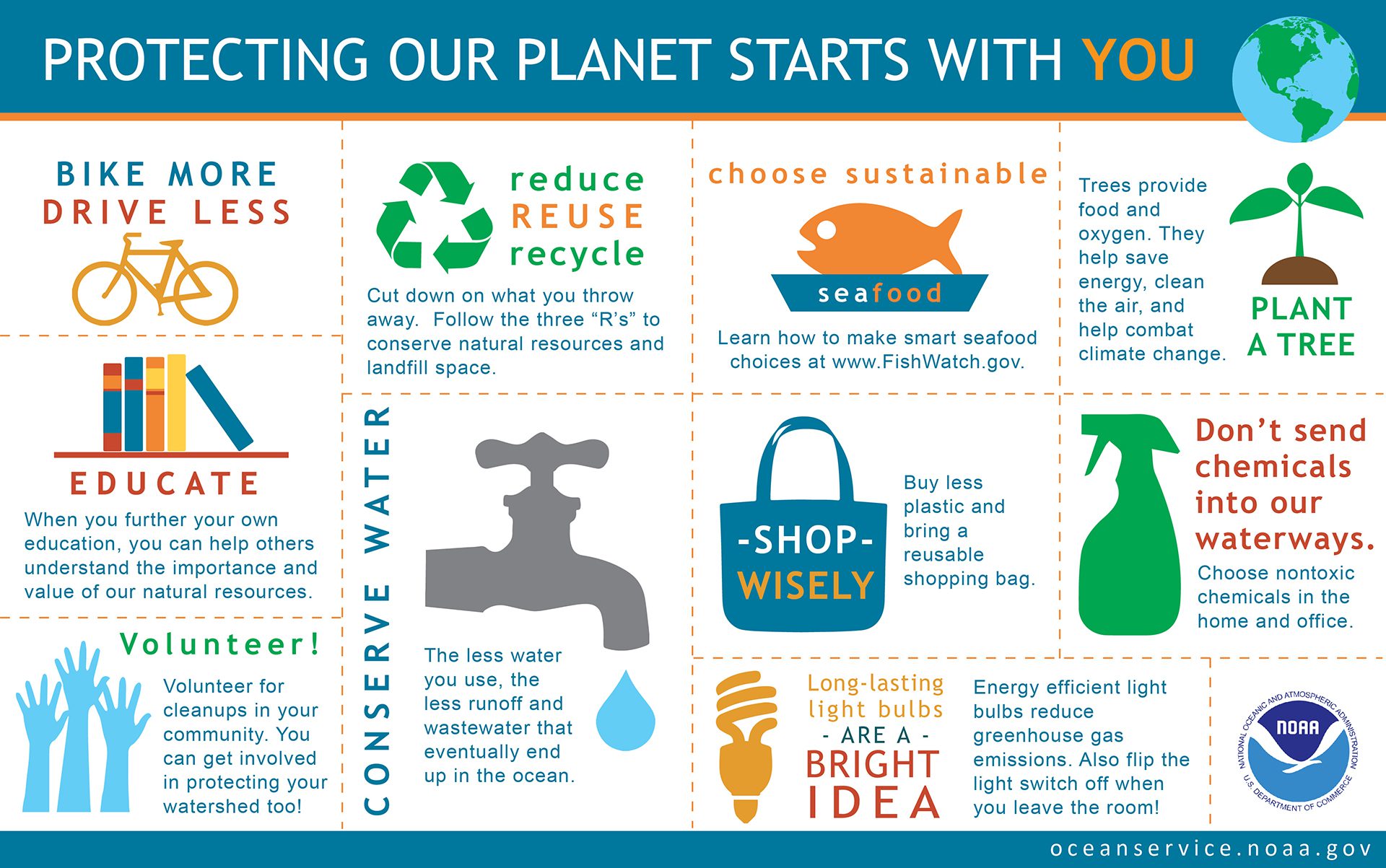With the world facing critical environmental issues such as global warming, pollution, climate change, and the depletion of natural resources, it is crucial for everyone to take part in saving the planet. This article lists ten simple ways individuals can help save the world, including using renewable energy sources, reducing energy consumption, cutting down on plastic use, planting trees, reducing meat consumption, conserving water, buying sustainable products, disposing of waste properly, supporting green initiatives, and educating others. These small efforts can contribute significantly to reducing our carbon footprint and preserving the planet for future generations.
10 Ways to Help Save the World
The world is facing various environmental issues such as global warming, pollution, climate change, and the depletion of natural resources. Every individual should take part in saving the planet, no matter how small the effort may be. Here are ten ways to help save the world:
1. Use Renewable Energy Sources
Using renewable energy sources like solar, wind, and hydro-generated power can reduce carbon emissions into the atmosphere. Solar panels, wind turbines, and hydroelectric systems are some of the renewable energy alternatives available to the world today.
2. Reduce Energy Consumption
Individuals can reduce their energy consumption by implementing simple strategies such as turning off lights when not in use or reducing cooling and heating systems’ use. You can switch to energy-efficient bulbs and appliances, which will reduce your electricity bills while cutting carbon emissions.
3. Cut Down on Plastic Use
The excessive use of plastic has contributed significantly to ocean pollution, with millions of marine animals dying annually due to plastic ingestion. The best way to help save the world is to cut down on plastic use by carrying reusable bags, water bottles, and food containers.
4. Plant Trees
Trees play a critical role in absorbing carbon dioxide from the atmosphere, helping to reduce the impact of climate change. Planting more trees can help improve air quality and preserve wildlife habitats.
5. Reduce Meat Consumption
The agricultural sector is responsible for almost 18% of the world’s greenhouse gas emissions, with livestock production accounting for a significant share. Reducing meat consumption is an effective strategy for reducing carbon emissions into the atmosphere.
6. Conserve Water
Water conservation is essential in a world where many are facing water scarcity. Conserving water helps preserve this precious resource and cut down on energy use. Simple strategies like fixing leaks and reducing shower time can help cut down on water consumption at home.
7. Buy Sustainable Products
Buying sustainable products made from eco-friendly materials that conserve the environment helps reduce carbon footprint. Eco-friendly products such as recycled paper or biodegradable plastic bags can also help minimize waste production.
8. Dispose of Waste Properly
Disposing of waste properly helps keep the environment clean and prevent pollution. Recycling or composting are excellent strategies to reduce waste and improve the planet’s health.
9. Support Green Initiatives
Individuals can support green initiatives by choosing to support organizations dedicated to environmental conservation. These organizations conduct research, lobby for sustainable policies, and support eco-friendly projects aimed at reducing carbon emissions into the atmosphere.
10. Educate Others
Finally, the best way to spread awareness about environmental conservation is by educating others. Teach your friends, family, and coworkers about the importance of environmental conservation and encourage them to make small changes in their daily lives that can help improve the environment’s health.
Conclusion
There are many simple strategies we can use to help save the world. By using renewable energy, cutting down on plastic use, planting trees, and supporting green initiatives, we can reduce our carbon footprint and help preserve the world for future generations.
